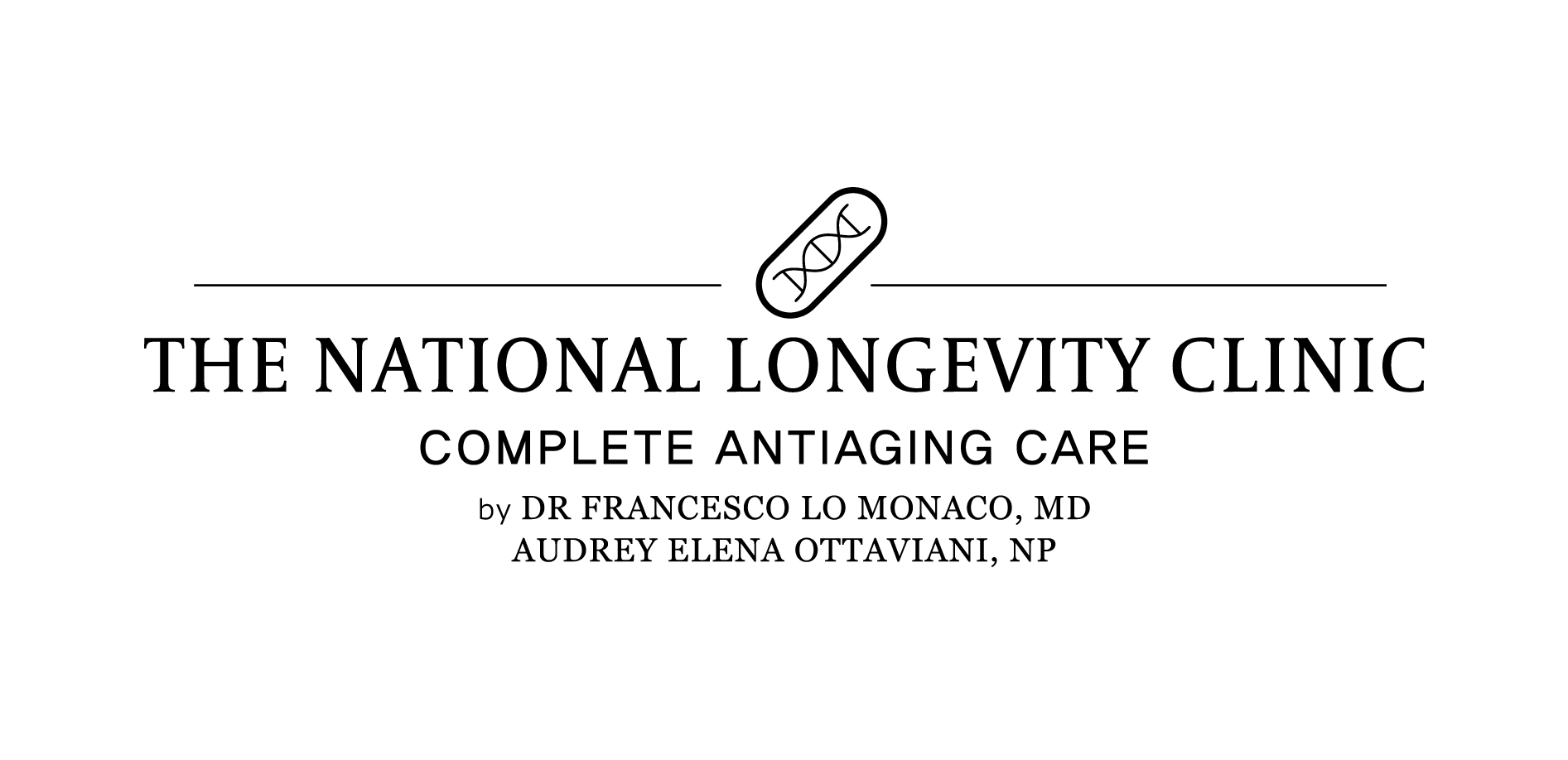Article: Liposomal Supplements: The New Generation of Medicine

Liposomal Supplements: The New Generation of Medicine
In recent years, liposomal delivery systems have emerged as a promising frontier in nutritional supplementation and drug delivery. What once was mainly the province of pharmaceuticals is now making inroads into “nutraceuticals”; vitamins, minerals, and other bioactives. This post will explore what liposomal supplements are, what evidence exists for their benefits, current limitations, and what the future may hold.
What Are Liposomes and Why They Matter
Liposomes are microscopic vesicles composed of phospholipid bilayers (much like cell membranes), which encapsulate an aqueous interior. Because they resemble biological membranes, they can merge or fuse with cellular membranes and deliver their cargo more efficiently.
In the pharmaceutical domain, liposomes have already been successfully used to deliver anti-cancer agents (e.g. Doxil®), antifungals (Ambisome®), and other therapeutic agents, altering biodistribution and improving therapeutic indices.
In a nutritional context, the rationale is that encapsulating vitamins, minerals, or other bioactives in liposomes can protect them from degradation (by acid, enzymes) in the gastrointestinal tract, enhance absorption through the gut lining, facilitate cellular uptake, and even steer them into lymphatic rather than portal (liver) pathways.
Because of these advantages, proponents call liposomal supplements a “new generation” of supplementation, potentially overcoming limitations of conventional tablet, capsule, or powder forms.
What the Clinical Evidence Shows
While the concept is compelling, the evidence is still emerging. Below are a few of the more rigorous human or translational studies to date:
-
Vitamin C (ascorbate)
A double-blind, placebo-controlled, crossover trial involving 27 participants compared 500 mg liposomal vitamin C with non-liposomal vitamin C and placebo. The liposomal form yielded about 27 % higher peak plasma concentration (Cₘₐₓ) and 21 % greater area under the curve (AUC₀–₂₄h) than non-liposomal vitamin C.Another meta-analysis and review of earlier studies suggested that oral liposomal vitamin C could be 1.77-times more bioavailable than conventional forms, though results vary considerably depending on formulation, dose, and baseline status.
-
Multivitamin / Mineral (MVM) Supplements
In a randomized crossover study of 25 healthy participants, ingestion of a liposomal MVM formulation resulted in a ~50 % greater incremental AUC for iron (but not magnesium) versus a matched non-liposomal MVM (33.2 vs 19.8 µg/dL × 6h; p = 0.02).A related pharmacokinetic analysis of 34 subjects found that liposomal coating altered absorption and clearance profiles of certain vitamins and minerals versus a non-liposomal MVM.
-
Other Nutrients / Bioactives
-
Liposomal encapsulation has been shown to enhance absorption of hydrophobic molecules as well, such as coenzyme Q10. A recent review article notes that liposomal delivery improves bioavailability of both hydrophilic and hydrophobic compounds by protecting them through the GIT and enhancing transmucosal uptake.
-
In immunology, one study on liposomal encapsulation of vitamin D₃ (cholecalciferol) indicated that toxicity at high doses may be mitigated while retaining efficacy.
-
Overall, the clinical evidence tends to support the idea that liposomal delivery can improve bioavailability of certain supplements. However, results vary depending on the nutrient, the particular liposomal formulation, dose, and study design.
Advantages and Limitations
Advantages:
-
Improved bioavailability: Multiple human studies show higher plasma levels or absorption by liposomal forms.
-
Protection from degradation: Liposomes may shield the active ingredient from acidic pH, enzymatic action, and oxidation in the gut.
-
Dual encapsulation: They can carry both hydrophilic and hydrophobic compounds either in their aqueous core or the lipid bilayer respectively.
-
Potential for targeted delivery: With surface modifications (e.g. targeting ligands), liposomes may deliver cargo to specific tissues or cells. (This is more advanced and still largely experimental.)
Limitations & Challenges:
-
Heterogeneity in formulations: Not all liposomes are equal. Size, lipid composition, charge, stability, and encapsulation efficiency all matter. Two liposomal supplements might behave very differently.
-
Cost and complexity: Manufacturing consistent, stable liposomes is more expensive and technically demanding than standard formulations.
-
Limited long-term clinical data: Many studies are acute pharmacokinetic trials (hours to days). Very few robust trials show long-term health outcomes or clinical benefits over standard forms.
-
Unclear in vivo fate / distribution: While plasma concentrations may rise, how much of the active actually reaches target tissues or cells is less well characterized. Some may still be eliminated or degraded.
-
Regulatory oversight: In many jurisdictions, liposomal supplements are not as tightly regulated as pharmaceuticals, raising questions of quality, batch consistency, and claims.
-
Bio-interactions: The interaction of liposomal carriers with the gut microbiome, mucosal barriers, or immune system is still under investigation.
Future Directions & Considerations
-
Head-to-head clinical trials comparing liposomal vs non-liposomal forms over months/years in real health endpoints (e.g. bone health, cardiovascular markers, immune outcomes).
-
Standardisation of reporting: Better characterisation of liposome properties (size, zeta potential, encapsulation efficiency) in published trials so results can be meaningfully compared.
-
Targeted or “smart” liposomes: Liposomes with surface ligands (e.g. peptides, antibodies) to preferentially deliver into certain tissues (e.g. brain, bone).
-
Combinatorial designs: Liposomes that carry more than one bioactive (e.g. vitamin plus cofactor) in a synergistic ratio.
-
Safety / long-term toxicology: Especially for chronic use, understanding whether repeated liposomal delivery has any unintended effects is essential.
Conclusion
Liposomal supplements indeed represent a “new generation” of nutritional delivery. one that bridges advanced drug formulation technologies with the world of dietary supplementation. The available clinical and pharmacokinetic evidence suggests that for certain nutrients (e.g. vitamin C, iron) liposomal delivery can enhance absorption. However, significant gaps remain in understanding long-term benefits, tissue targeting, formulation consistency, and comparative effectiveness in real-world settings.
If you plan to use or recommend liposomal supplements, it’s wise to choose high-quality brands with transparent formulation data, and not rely solely on marketing claims. As the science matures, we may see liposomal formulations become a mainstream choice rather than a niche.

